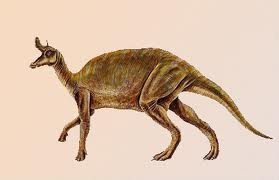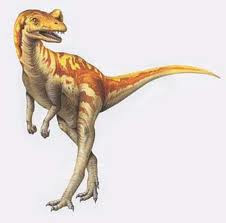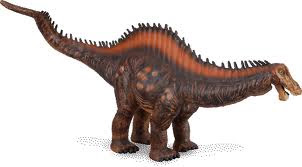
Lambeosaurus directly relates to a species name Corythosaurus, which is found vaguely in older rocks. All had strange crests, which are served for some social functions like noisemaking and identification. Lambeosaurus was pretty parallel to the famous Corythosaurus in everything except in the form of the head decoration. In comparison with Corythosaurus, the crown of Lambeosaurus was moved ahead, and the concave nasal passages are at the front of the crest and stacked vertically.
Lambeosaurus move on two legs as well as with four which is exposed by footprints of related animals. It had an elongated tail stiffened by hardened tendons that is used to prevent it from sagging. The hands consist of four fingers lacking the innermost one of the comprehensive five-fingered tetrapod hand. The second, third, and fourth fingers were clustered together with weary hooves suggesting that the animal could use the hands for sustain. The fifth finger was liberated and used to work on some objects. Each foot of Lambeosaurus had only three central toes.
Visit: Child Development (8th Edition) by Laura E. Berk











